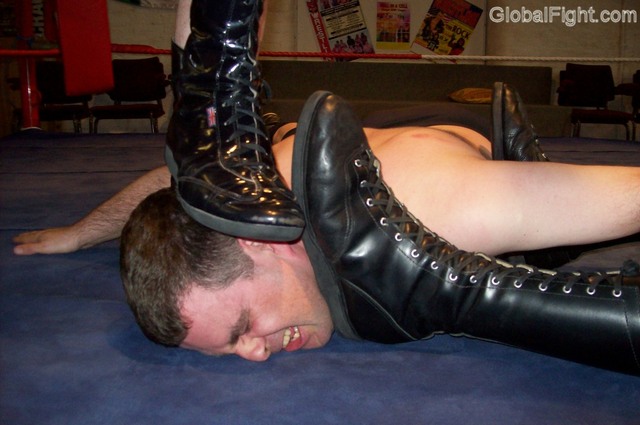Yes, 50 Shades of Grey is out, bringing BDSM practices – or at least conversations about them – ![]() into the living rooms of North Americans, a second time in just a few short months.
into the living rooms of North Americans, a second time in just a few short months.
If you live in Canada or within a radiowave distance of Canadian stations, you’ve heard of the Jian Ghomeshi, a former popular CBC host of a show Q, whose story and downfall broke out late in 2014. As of now, Jian is awaiting trial on a total of seven counts of sexual assault with a maximum possible sentence of life in prison. Ghomeshi claimed and is still insisting he practiced “consentual BDSM”.
That sounded immediately very iffy to me and to several BDSM bloggers who pointed out that BDSM submissives (subs) are usually very well aware that they are going to get hit, in fact, the preparation and discussion of boundaries goes on for a lot longer than for “vanilla” sex. The subs clarify when, where, how and for how long – and the dominant partner’s job is to play on the border, the boundary, balancing on the edge, never going over.
What had also come up in a public conversations that was just as interesting, is the law of consent to violence. Apparently, “The Supreme Court has said that a person cannot consent to an assault that causes bodily harm. “ If the voluntary activity causes bodily damage, the person at fault can be charged! The law was mostly meant to protect against “consensual” bar brawls, but has some far reaching consequences for the backyard martial arts groups. Basically, if you break your informal training partner’s leg, he is in construction, out of work for several months and he decided to press charges, the law is on his side.
How is your group dealing with this issue? What precautions you take while training in and out of the dojo? Let us know in the comments!
P.S. And if you want to watch a good BDSM movie and not that pile of watery s*&^, try Secretary.






In many martial arts schools, students are asked to sign a waiver form before their first practice session. Additionally, some schools will have a sign-in book at the entrance of the dojo to take attendance, and to sign another waiver for that particular training session. Although neither can ultimately prevent a student from suing the dojo, it does build a case to prove that the student knew what he/she was getting into, as well as reminds everyone to be careful for the duration of the class.
Then there’s dojo etiquette, training students properly, selecting/screening students properly, and keeping classes to a manageable size. At all times, people should be conscientious and treat each other with respect, and students are never challenged above their actual skill level. The instructor should actively keep a look out on maintaining good standards, and diffusing interpersonal difficulties which can sometimes lead to conflicts. In all cases, the instructor is the model for the students to follow. So, if there are character problems at the top, the effects usually roll downhill.
I feel that the best training attitude is to be one’s training partner’s best protector as well as teacher/mirror. Unlike a one-time business deal, consent over something as central as the other person’s safety must be ongoing, while ensuring that there’s never any remorse.
You should check out http://www.mmagap.com ? it’s like youtube but for martial arts only and has the craziest mma videos
In Washington state, the law recognizes a concept of “mutually consenting combat.” However I would never stake my freedom on that theoretical right, knowing how easily it is ignored for political reasons, such as you mention above.